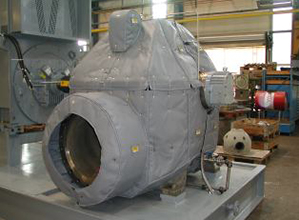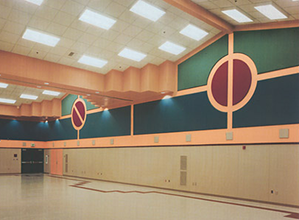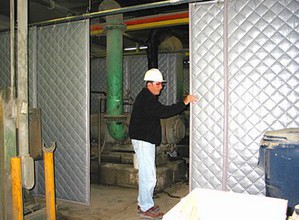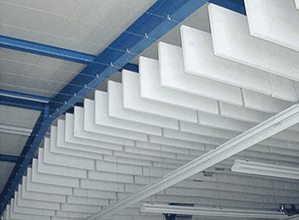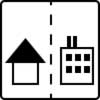Testing Facility Sound Levels in a Noisy Plant
A noisy workplace disrupts concentration, but it can have other negative effects. In some workplaces, such as construction and metalworking, repeated and prolonged exposure to excessive noise can lead to hearing loss and other medical problems.
It is imperative to know how loud your worksite is and what steps to take to improve the noise levels. To make sure that your facility is within safe ranges, the Occupational Safety and Health Administration (OSHA) publishes guidelines for occupational noise exposure and how to measure it.
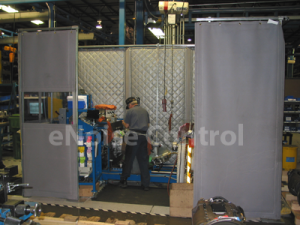 OSHA states that permissible noise exposure for an 8 hour work day is 90 decibels. Additionally, exposure to impulsive noises should be no louder than 140 decibels. Below are a few reference examples.
OSHA states that permissible noise exposure for an 8 hour work day is 90 decibels. Additionally, exposure to impulsive noises should be no louder than 140 decibels. Below are a few reference examples.
- A phone dial tone is generally 80 decibels
- A train whistle 500 feet away is 90 decibels
- A jet engine at 100 feet away is 140 decibels
Besides an urge to cover your ears, there are a couple of other ways to tell if an area is too loud:
- Workers experience ringing in their ears when they leave your facility
- Workers have to raise their voices when speaking to someone who is just an arm’s length away
How to Test Your Sound Levels
You can determine the decibel level of your facility with a sound meter. If you don’t have a sound meter, there are a number of reliable smartphone applications that will also measure noise levels.
However, your best option is to contact an industry professional, such as eNoise Control, to measure the noise levels in your workspace. We offer acoustical consulting services, including sound surveys. A trained technician will come to your site and perform sound measurements. After we take these readings, we prepare a personalized report on the sound levels in your facility and present the best solutions for improving them.
How to Improve Noise Levels
If noise levels in your place of business are too high, there are several things you can to do change it. Solutions vary depending on your business, but often include installing some of the options below. All of these products allow easy access for maintenance and ventilation packages are available.
- Sound Enclosures. For industrial and mechanical companies, acoustic steel enclosures or modular panel enclosures keep the noise confined to the area in which the machinery is running. The enclosures also significantly limit the ambient noise in the rest of the facility.
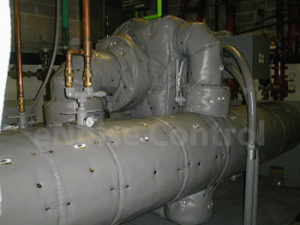 Sound Curtains. This product is both sound absorber and sound barrier. Easy to install and move, noise curtains are an excellent solution if you need modular sound control that is more economical than steel sound enclosures.
Sound Curtains. This product is both sound absorber and sound barrier. Easy to install and move, noise curtains are an excellent solution if you need modular sound control that is more economical than steel sound enclosures.- Sound Blankets. Reusable and removable, these blankets are made of teflon cloth with a noise barrier material that directly targets specific machinery that is too loud. Because they fit like a jacket, these are also a great option when you have a limited amount of space for noise control.
Controlling the volume in industrial facilities is essential for workers’ health and productivity. Protecting your employees makes a big difference in your company’s bottom line and worker satisfaction. If you have a noise concern and need an evaluation or remedy, contact eNoise Control for further information.
